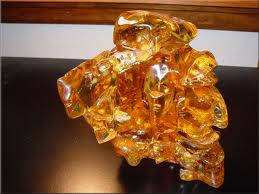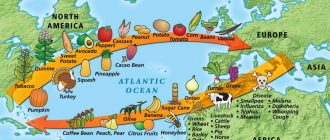Colombian copal amber is known for its botanical origins and inclusion of animals, which are trapped by sticky resin that flows as sap. Read our guide below for more facts and information…
The word Copal means sub fossil amber. Primarily, young amber is called “copal” and old copal is called “amber”. We would rather use the word “amber” for resins of very ancient trees and “copal” for recent ones. Thus, the term “copal” is used for Colombian amber.
This is the name commonly used for fossilized resin of botanical origin. In scientific terminology, amber means fossil resin. The word “amber” indicates golden color which amber always reflects. As per archeological findings, amber was the first material used for ornamentation by prehistoric human beings. Fossil resin continues to be used for jewelry and various types of decorations. Amber is normally believed to be a gemstone.
Microscopic bacteria are captured and produce gas bubbles as well as fungi. Botanical and also animal inclusion adds beauty and has rare scientific value in the study of evolution and taxonomy. These animal inclusions generally are invertebrates, particularly arthropods, and very rarely a vertebrate like a small lizard.
Chemistry of Colombian copal amber
Molecular constituency of Colombian copal amber consists of hydrogen and carbon atoms which make hexagonal rings. Sticky resin hardens because of increase in molecular bonding between rings over period of time. Actually hardened resin i.e. amber is plastic. When resin becomes amber cannot be defined. Younger amber is generally called copal. It is equally hard, but its physical properties vary slightly from older resins.
Most of the mineral-based gems and diamonds are everlasting but not amber. It is biodegradable like a fiberglass boat or milk plastic jug. Many of its weak covalent bonds as well as weaker hydrogen bonds can be broken easily. This process is hastened by the electromagnetic radiation of frequencies and heat. Amber should not be exposed to sunlight as ultraviolet is damaging while visible. Thus, though amber is an ideal preservative of fossils, it would crumble into dust on removal from environment where it was formed. Compared to human lifespan the time taken to form it is long. But it is instantaneous on a geological time span.
Amber Ecosystems
Amber can be viewed as a sealed unit having cross-section of very old ecosystem with its complex predator prey and symbiotic systems i.e. termites as methane that is produced by bacteria which digests fiber in the gut of a termite. Fossil resin is an excellent preservative having organisms like insects and spiders that have been preserved in three- dimensionality and also in living color. Nucleotide sequence of very old DNA is preserved to an extent. Resurrection of Jurassic dinosaurs is certainly a fiction of science.
Colombian copal amber
Most fossiliferous amber was invented in Colombia. It has become so wide spread that all fossil resins found in Colombia are known as copal. Their age is believed to be about two million years. The estimate age varies up to twenty million years old.
Young or old, amber or copal, fossilized insects look magnificent in Colombian amber. The most important fact of Colombian amber, perhaps to those having scientific affluence, is its astonishing fossil associations.





